
Bathrooms have become showpieces – carefully designed spaces that reflect personal taste, lifestyle, and architectural ambition. Minimalist silhouettes, sculptural fixtures, and curated palettes now define what was once considered a purely functional room. Yet behind the finishes and mood lighting lies a layer of complexity that too often gets ignored: the plumbing.
While interior designers are concerned with sightlines and finishes, plumbers consider water flow, access, and long-term performance. And increasingly, their concerns arise from choices that prioritize aesthetics above all else. Here’s a closer look at the trends your plumber might suggest reconsidering – or at least approaching with more caution.
Open Showers: Visually Spacious, Functionally Risky
Open showers offer a gallery-like atmosphere, free from enclosures and framed glass. They are widely used in contemporary designs to create a sense of fluid space. But without proper slope, drainage, or separation, water regularly ends up far beyond the designated wet area. Towels, bath mats, and cabinetry are all at risk.
Plumber’s advice: Ensure drainage is engineered with precision, or expect frequent water issues and long-term flooring damage.
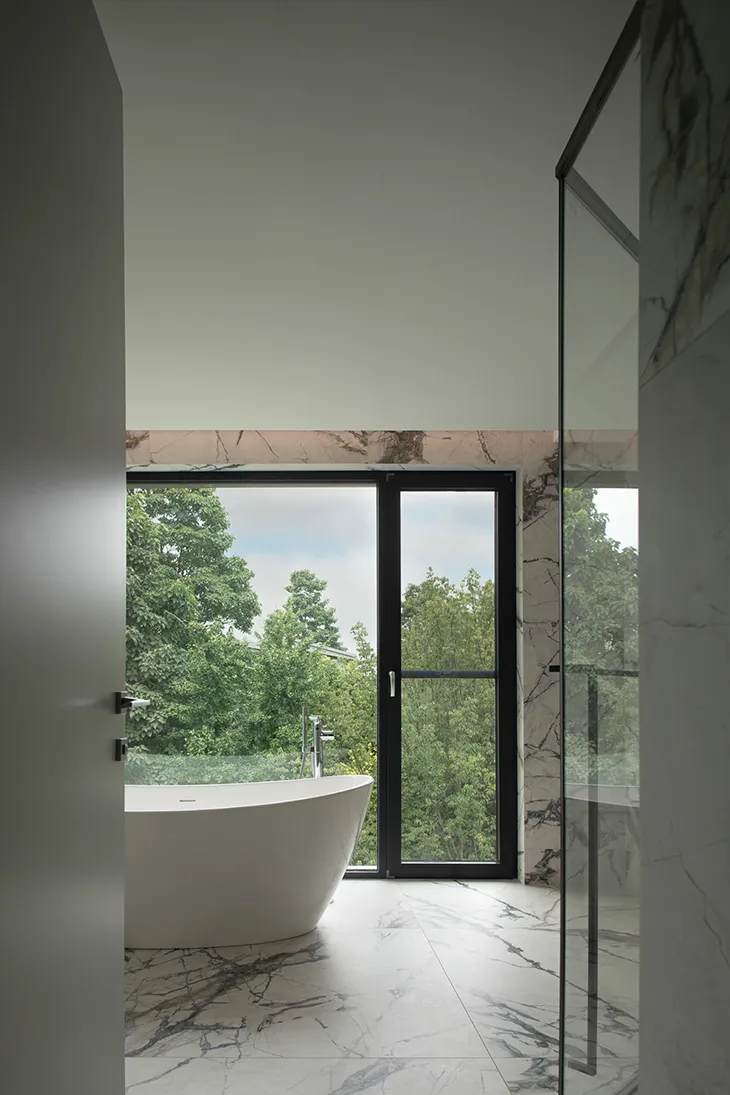
Freestanding Tubs: A Centerpiece with Hidden Demands
Nothing creates a visual focal point like a freestanding tub. Often placed mid-room or beside a panoramic window, they lend the space a sculptural quality. However, plumbing them is rarely straightforward. Supply lines must often be run through the floor, and the potential for moisture buildup beneath the tub increases, especially when access is limited.
Plumber’s advice: Install only when you’re confident the subfloor and plumbing infrastructure can support it. Accessibility for maintenance should be part of the plan.
Concealed Fixtures: Clean Design, Difficult Access
Concealing valves and controls inside walls or behind tiles creates a smooth, uninterrupted bathroom look. It works beautifully in renderings – and often, in reality. Until something goes wrong. Repairs that would otherwise take minutes can require hours of demolition just to locate the issue.
Plumber’s advice: Make sure every concealed element has a corresponding access panel. Out of sight shouldn’t mean out of reach.
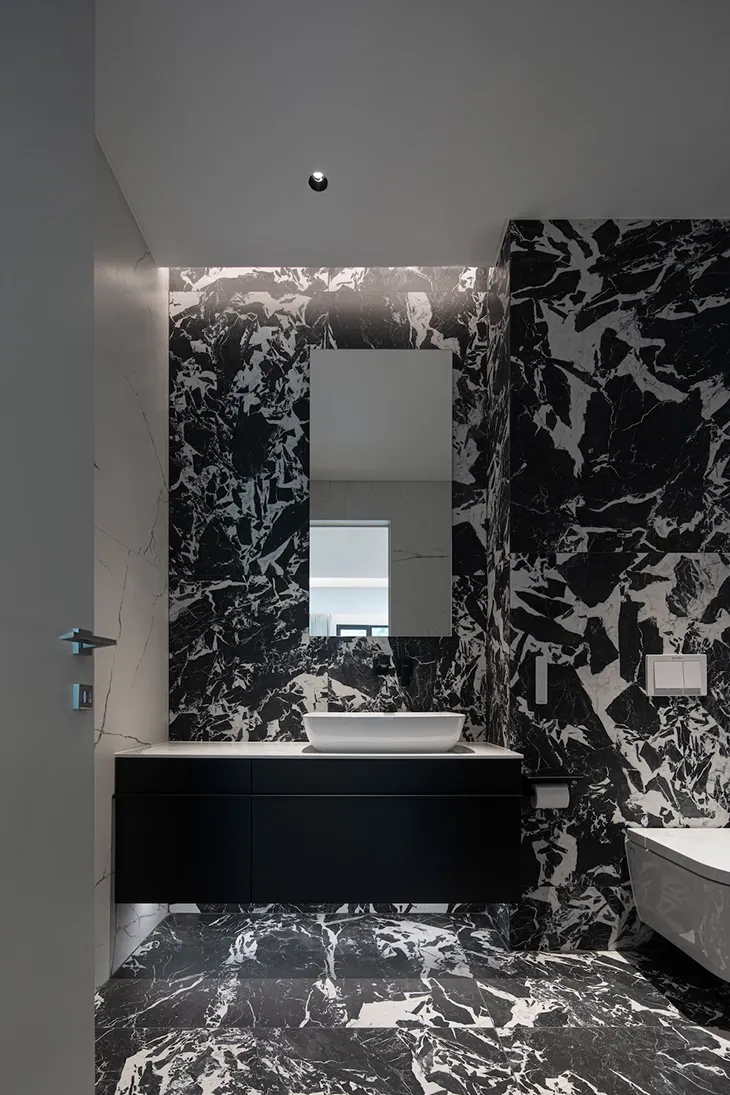
Vessel Sinks: Statement Pieces with Splash Risks
These raised basins serve both form and function – but rarely in equal measure. Their height and shape often lead to unexpected water spray. Over time, this affects not only countertop surfaces but also undermines wood cabinetry finishes and creates slip hazards on floors.
Plumber’s advice: Choose deeper vessels and compatible faucets to minimize splash. Or opt for an under-mount alternative for ease of use and maintenance.
Wall-Mounted Toilets: Sleek Appearance, Complex Installation
Floating toilets offer clear sightlines and free up floor space. They’re especially useful in small bathrooms and lend a polished architectural edge. The downside? Their internal tanks and frames require specialized wall construction and often leave little room for servicing without breaking into finished walls.
Plumber’s advice: Invest in high-quality in-wall systems and verify that your wall framing can accommodate the load. Future repairs should be part of the conversation upfront.
Matte Black Fixtures: Design-Forward, Maintenance Heavy
These fixtures have dominated recent bathroom designs with their understated finish and sharp contrast. But matte black shows everything – from hard water spots to fingerprints – and can wear unevenly over time. In high-traffic households, maintaining that clean look quickly becomes a chore.
Plumber’s advice: Be prepared for daily upkeep. And in areas with hard water, consider finishes that are easier to maintain.
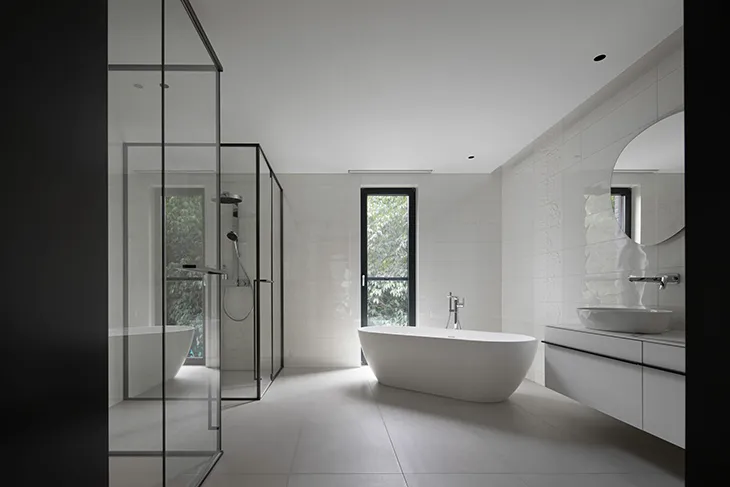
Rain Showerheads: Luxurious Look, Plumbing Strain
Large-format overhead showerheads are favored for their spa-like effect, offering a slow, even cascade of water. However, they often require higher water pressure and customized plumbing. In older homes, or where existing systems aren’t optimized for the flow rate, performance suffers.
Plumber’s advice: Test your system’s pressure before installation. If it can’t handle the demand, you may need to upgrade piping or consider an alternative fixture.
Designing with Practicality in Mind
Every bathroom can be both beautiful and functional – provided the design decisions take technical realities into account. Plumbers aren’t there to rein in creativity, but they understand how each choice plays out after years of regular use. Their insight often comes from experience with what fails, what lasts, and what quietly causes trouble over time. Consult your plumbing and HVAC specialists before committing to bathroom trends – it’s one design decision you won’t regret. Design decisions made with technical insight in mind are the ones that stand up to time, use, and the unexpected.
Images from Youshan Meidi Villa in Beijing by Zhang Ling – see full article here.














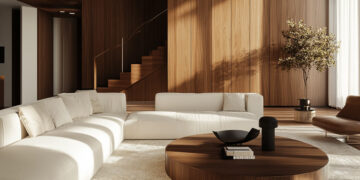
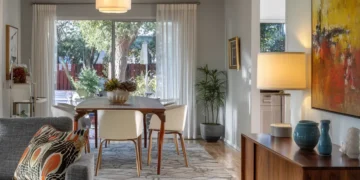
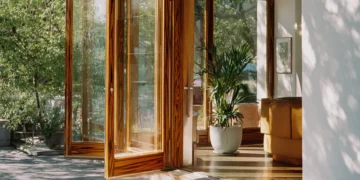



gorgeous bathrooms! love this !
yeah but marble is expensive, and it is only going to cost more!
love a good bathroom! this is a statement piece of any house